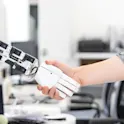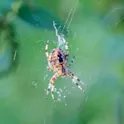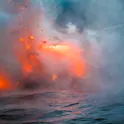Shh! Intensive care incubators resonate sounds and risk damage to premature babies’ hearing, scientists say
by Angharad Brewer Gillham, Frontiers science writer Image/Shutterstock.com Although the effects of a noisy environment in the neonatal intensive care unit have been studied before, the effect of the incubators premature babies spend their first weeks or even months in has not. A team of scientists investigated, and found that while the incubators dampen some sounds, they amplify others, potentially damaging babies’ hearing. For vulnerable premature babies, an incubator in the neonatal intensive care unit (NICU) is a lifesaver, but the consequences can last a lifetime. Many studies have shown that the NICU is a noisy environment and that babies who spend time there have higher rates of hearing impairment, which can lead to delays in language acquisition. Scientists from Vienna, Hamburg, Munich, and Osnabruck set out to investigate the role of the incubator, an underestimated element in the soundscape that surrounds babies during their time in the NICU. “The motivation of our multidisciplinary research team concerns the question: why many more premature babies suffer hearing impairments,” said Dr Christoph Reuter from the University of Vienna, corresponding author of the study published in Frontiers in Pediatrics. “We believe that what we have measured in our studies could be a leading […]













